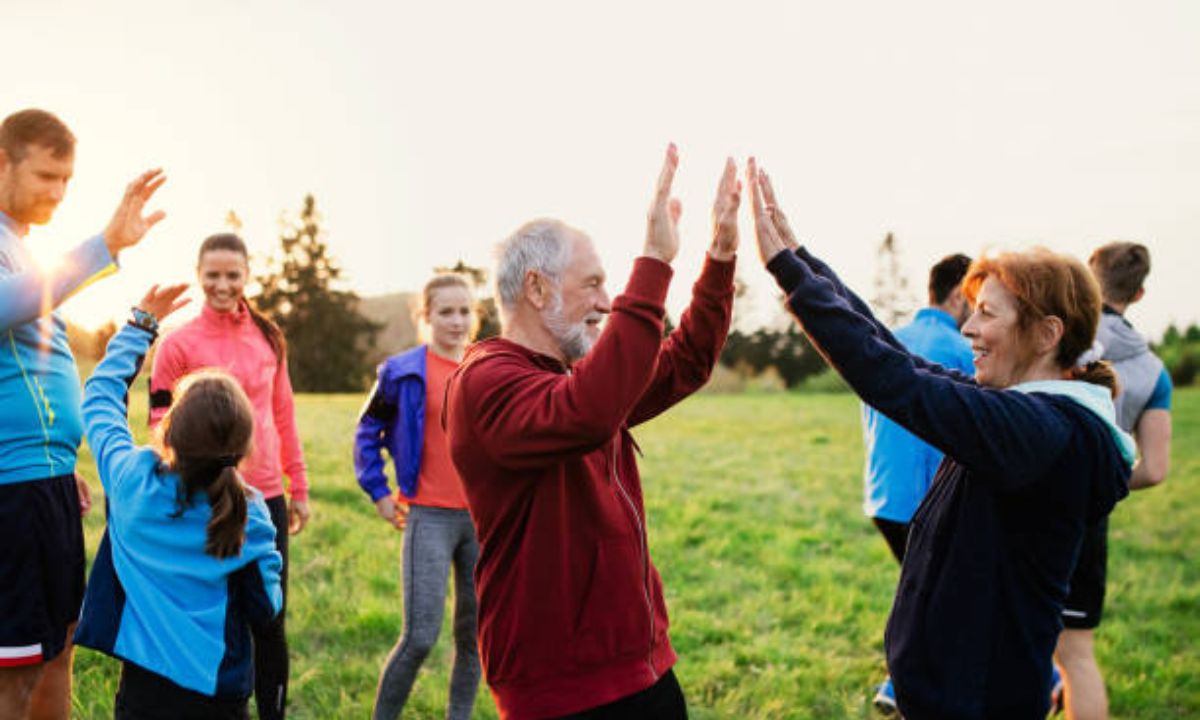The Benefits of Regular Exercise for Mental and Physical Health
Regular exercise is a fundamental component of a healthy lifestyle, offering numerous advantages for both physical and mental well-being. In this comprehensive discussion, we will delve into the multitude of benefits that exercise provides, demonstrating its capacity to improve not only your physical health but also your mental health. By the end of this exploration, you will gain a deeper understanding of why incorporating regular exercise into your daily routine can significantly enhance your quality of life.
Physical Health Benefits
1. Weight management and control
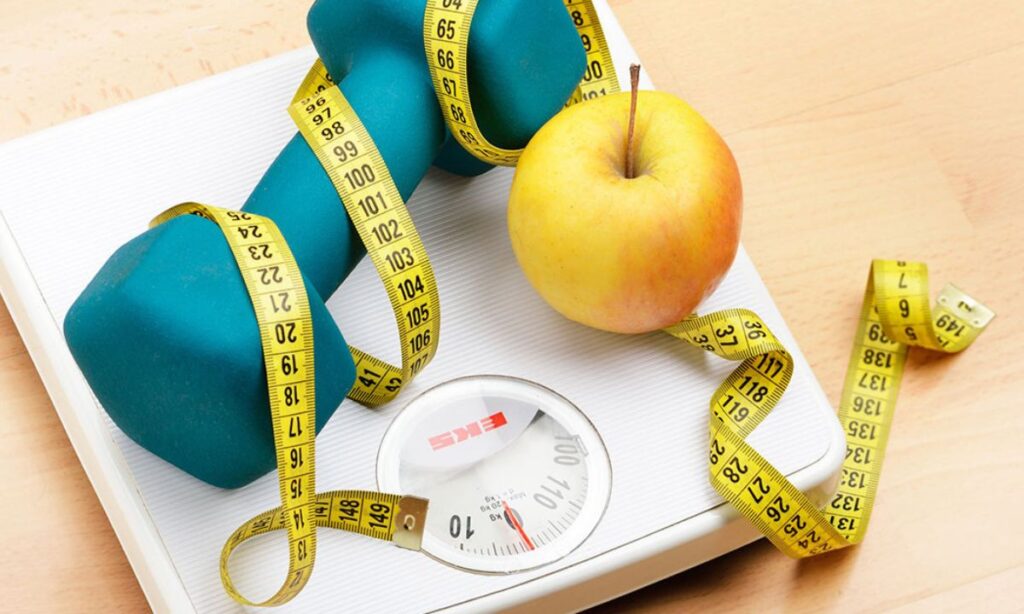
Regular exercise plays a pivotal role in weight management and control. When you engage in physical activity, your body expends energy, burning calories in the process. This caloric expenditure helps you maintain a healthy body weight by preventing excess weight gain.
Moreover, exercise contributes to the reduction of body fat. It can assist in maintaining a healthy body composition by preserving lean muscle mass while decreasing fat stores. This is particularly crucial, as an unhealthy level of body fat is associated with various health issues, including heart disease and diabetes.
Notably, exercise offers long-term weight management benefits. It helps prevent the gradual weight gain that often occurs as people age. Consistent exercise ensures that you not only reach your desired weight but also sustain it, allowing you to enjoy a healthier and more active life.
2. Cardiovascular health
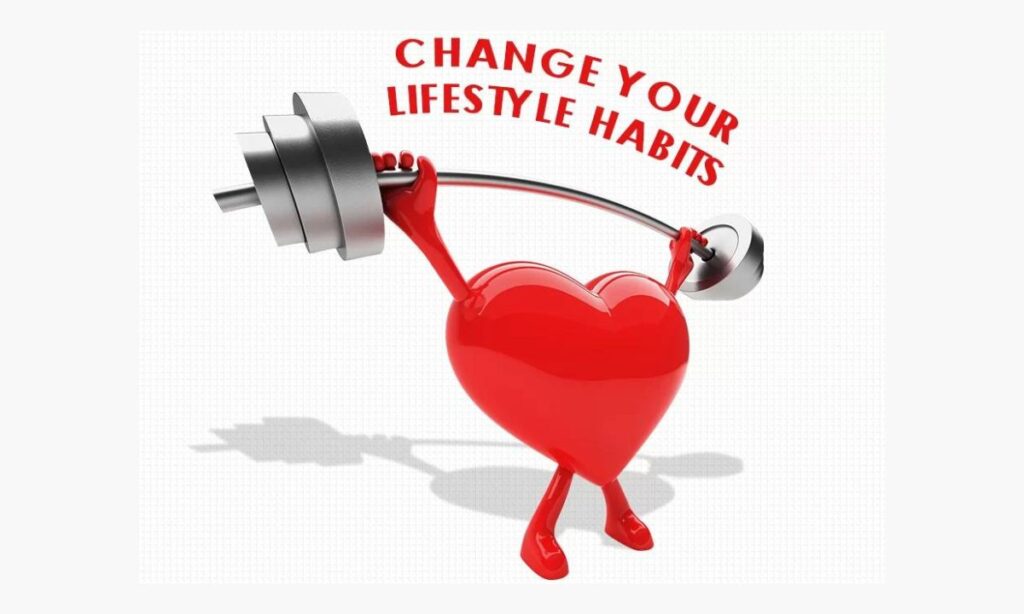
Exercise is a powerful tool in promoting cardiovascular health. Regular physical activity helps to improve the efficiency of your heart and circulatory system, reducing the risk of cardiovascular diseases, including heart attacks and strokes.
One of the primary ways exercise benefits your heart is by lowering blood pressure. As you engage in physical activity, your heart becomes more efficient at pumping blood, decreasing the force on your artery walls. This, in turn, leads to lower blood pressure levels, reducing the risk of hypertension.
Exercise also contributes to healthier blood cholesterol profiles. It raises high-density lipoprotein (HDL) cholesterol, often referred to as “good” cholesterol, while lowering low-density lipoprotein (LDL) cholesterol, known as “bad” cholesterol. This balanced cholesterol profile is crucial for preventing the buildup of plaque in your arteries, a major contributor to heart disease.
3. Muscle and bone strength

Exercise has a profound impact on muscle and bone health. When you engage in strength-training exercises, such as weight lifting or bodyweight exercises, you stimulate the growth and maintenance of muscle tissue. This results in increased muscle strength and endurance.
Maintaining strong muscles is not only beneficial for your overall physical performance but also for daily tasks. Strong muscles make it easier to perform activities such as lifting groceries, climbing stairs, and carrying out household chores.
In addition to muscle strength, exercise helps to enhance bone density, reducing the risk of osteoporosis and fractures, especially in older adults. Weight-bearing exercises, such as running, walking, and resistance training, stimulate the production of bone tissue and increase bone mineral density.
Overall, by incorporating strength and resistance training into your exercise routine, you can significantly improve your physical strength, endurance, and overall vitality.
4. Enhanced flexibility and balance

Flexibility and balance are often overlooked components of physical health, but they are essential for maintaining mobility and preventing injuries, particularly as we age. Regular exercise can greatly enhance your flexibility and balance, reducing the risk of falls and injuries.
Stretching exercises, such as yoga and Pilates, help improve flexibility by increasing the range of motion in your joints and muscles. This not only makes daily movements more comfortable but also reduces the likelihood of muscle strains and joint injuries.
Balance exercises, such as tai chi, can be especially beneficial for older adults. These exercises help improve stability and coordination, reducing the risk of falls. Falls are a common cause of injuries, and preventing them through exercise can significantly enhance your physical well-being and quality of life.
How to protect your eyes from digital eye strain?
Mental Health Benefits
1. Stress reduction
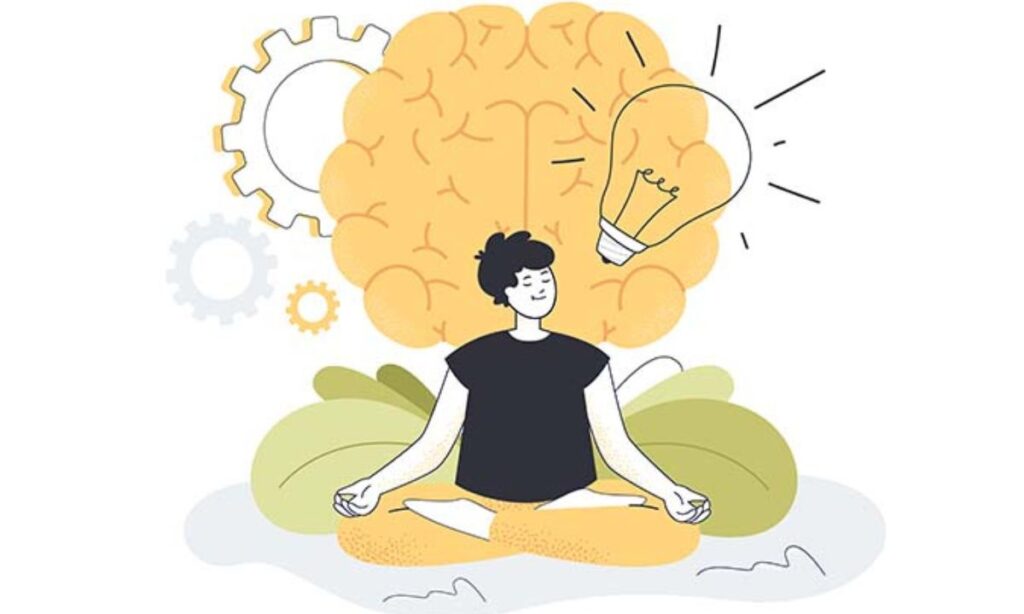
Exercise is a powerful stress-reliever. When you engage in physical activity, your body releases endorphins, which are natural chemicals that promote a positive mood and reduce stress.
These endorphins act as natural painkillers, creating a sense of euphoria commonly referred to as the “runner’s high.” This feeling of well-being can persist even after you’ve completed your exercise session, helping you to cope with daily stressors more effectively.
Additionally, exercise provides an excellent opportunity for relaxation and introspection. Activities like yoga and meditation, often incorporated into fitness routines, can have a profound impact on stress reduction, promoting mental clarity and emotional well-being.
Learn more about Positive Thinking or Mindset
2. Mood improvement

Regular exercise is associated with a significant improvement in mood. It has been shown to alleviate symptoms of depression and anxiety, making it a valuable component of mental health treatment.
Exercise stimulates the release of neurotransmitters, such as serotonin and norepinephrine, which play a crucial role in regulating mood. Increased levels of these neurotransmitters can help combat feelings of sadness, anxiety, and even anger.
Additionally, exercise can boost self-esteem and self-confidence. As you achieve your fitness goals and witness the positive changes in your body, you’ll likely experience a greater sense of accomplishment, which can lead to improved self-image and a more positive outlook on life.
3. Cognitive function and mental clarity
Exercise is not only beneficial for your body but also for your brain. Regular physical activity has been linked to enhanced cognitive function and mental clarity.
Aerobic exercises, in particular, have been shown to boost brain health. They improve blood flow to the brain, which can enhance memory and cognitive abilities. Engaging in aerobic activities like running, swimming, or dancing can help you think more clearly and stay mentally sharp as you age.
Additionally, exercise can stimulate the growth of new brain cells and connections, a process known as neurogenesis. This can enhance your problem-solving skills and creativity, ultimately improving your overall mental well-being.
4. Sleep quality

Many people struggle with sleep-related issues, such as insomnia or poor sleep quality. Regular exercise can be an effective remedy for these problems.
Exercise helps regulate sleep patterns by promoting a healthy circadian rhythm, which is the body’s internal clock. Engaging in physical activity during the day can help you fall asleep faster, enjoy deeper sleep, and wake up feeling more refreshed.
However, it’s essential to time your exercise appropriately, as vigorous exercise too close to bedtime can have the opposite effect and disrupt your sleep. Aim for moderate-intensity exercise earlier in the day for the best results in improving your sleep quality.
Learn more about Time Management Strategies
Disease Prevention
1. Diabetes management and prevention

Exercise is a cornerstone in the management and prevention of diabetes, particularly Type 2 diabetes, which is strongly associated with lifestyle factors.
Regular physical activity improves insulin sensitivity, enabling your body to use glucose more efficiently. This can help regulate blood sugar levels, reducing the need for medication in individuals with diabetes and preventing the development of the condition in those at risk.
Moreover, exercise aids in weight management, which is another crucial factor in diabetes prevention. Maintaining a healthy body weight can significantly reduce the risk of developing Type 2 diabetes.
2. Cancer risk reduction

While exercise alone may not entirely prevent cancer, it can significantly reduce the risk of developing certain types of cancer. Physical activity has been linked to a lower risk of breast, colon, lung, and endometrial cancers, among others.
The mechanisms through which exercise reduces cancer risk are multifaceted. Regular physical activity helps regulate hormone levels, reduces inflammation, and enhances the body’s immune system. These factors collectively contribute to a lower cancer risk.
Moreover, exercise can be a valuable component of cancer treatment and recovery. It can help manage cancer-related fatigue, improve physical functioning, and enhance overall quality of life for cancer survivors.
3. Immune system enhancement

A strong immune system is vital for defending the body against infections and illnesses. Exercise plays a critical role in enhancing the immune system’s function.
Regular, moderate-intensity exercise can stimulate the production of immune cells, improving the body’s ability to fight off infections. It also helps to increase the circulation of white blood cells, which are essential for detecting and eliminating pathogens.
Although it’s important to avoid excessive exercise, as it can temporarily weaken the immune system, engaging in regular, moderate exercise can enhance your overall immunity, reducing the likelihood of falling ill.
Longevity and Quality of Life
1. Increased lifespan
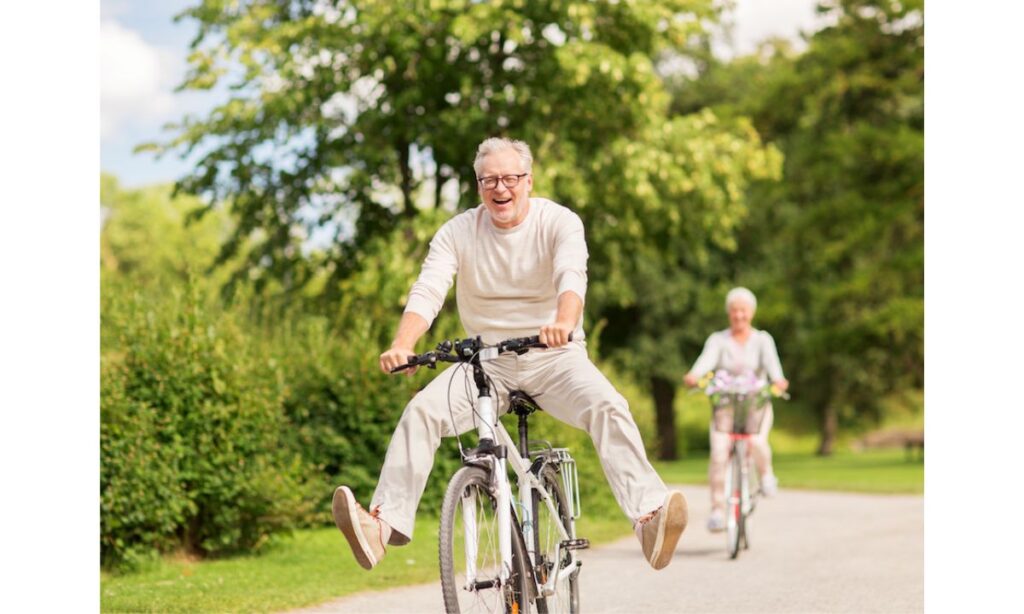
Regular exercise is strongly linked to an increased lifespan. Numerous studies have shown that individuals who engage in consistent physical activity tend to live longer and healthier lives.
Exercise exerts its longevity-promoting effects by reducing the risk of chronic diseases, enhancing cardiovascular health, and improving overall well-being. A longer, healthier life is an excellent incentive to maintain an active lifestyle.
Importantly, exercise is not only beneficial in extending your years but also in ensuring that those additional years are filled with vitality and a high quality of life.
2. Enhanced quality of life
Beyond increasing your lifespan, regular exercise significantly improves your quality of life. This is evident in various aspects of daily living.
First and foremost, exercise promotes independence and mobility in older adults. It ensures that you can perform daily tasks, such as getting out of bed, walking, and climbing stairs, with ease and confidence. This autonomy can be the key to maintaining a high quality of life as you age.
Exercise also promotes active and fulfilling lifestyles. It allows you to engage in physical activities you enjoy, whether that’s hiking, playing sports, or dancing. These activities contribute to your overall happiness and satisfaction with life.
Moreover, a physically active lifestyle often results in a stronger social network. Joining exercise classes, sports teams, or fitness groups provides opportunities for social interaction, reducing feelings of isolation and enhancing your emotional well-being.
Practical Tips for Getting Started

1. Setting exercise goals
The first step in starting an exercise routine is to set clear, achievable goals. These goals should be specific and tailored to your individual needs and preferences.
Identify what you want to accomplish with exercise, whether it’s weight loss, muscle gain, stress reduction, or improved endurance. Setting goals helps you stay motivated and focused on the results you want to achieve.
Remember that goals should be realistic and progressive. Start with attainable objectives, and as you reach them, set new, more challenging ones to keep your exercise routine engaging and effective.
2. Choosing the right type of exercise
Exercise comes in various forms, each with its unique benefits. It’s important to choose the type of exercise that aligns with your goals and interests.
– Aerobic exercises, such as running, cycling, and swimming, are excellent for cardiovascular health and weight loss.
– Strength training, using weights or resistance bands, is essential for building muscle and increasing strength.
– Flexibility and balance exercises, like yoga or Pilates, enhance range of motion and stability.
– Sports and recreational activities can be a fun way to stay active while improving specific skills.
The key is to find activities that you enjoy, as you are more likely to stick with them in the long run. Experiment with different options to discover what suits you best.
3. Staying consistent and motivated
Consistency is the linchpin of a successful exercise routine. To stay consistent, consider the following tips:
– Establish a routine: Set a regular schedule for exercise, making it a part of your daily or weekly agenda.
– Find a workout partner or group: Exercising with others can provide motivation and accountability.
– Track your progress: Use a journal or fitness app to monitor your workouts, setting milestones to work toward.
– Reward yourself: Celebrate your achievements, no matter how small, to maintain motivation and create positive associations with exercise.
Additionally, it’s crucial to stay flexible with your routine and adapt it as needed to prevent boredom and burnout. The key is to make exercise a sustainable and enjoyable part of your life.
Conclusion
Regular exercise is a multifaceted and transformative practice that offers a multitude of benefits for both mental and physical health. It not only helps with weight management, cardiovascular health, muscle and bone strength, and flexibility but also plays a significant role in reducing stress, improving mood, enhancing cognitive function, and ensuring better sleep quality. Exercise is a key component in preventing diseases like diabetes and cancer, while also bolstering the immune system. Furthermore, it contributes to a longer, healthier life and a higher quality of life by promoting independence, mobility, and social interaction.
To reap these benefits, it’s essential to set clear exercise goals, choose activities that align with your interests, and stay consistent and motivated in your routine. By doing so, you can integrate regular exercise into your daily life and experience the profound positive impact it can have on your overall well-being.
In summary, regular exercise is not just a physical activity; it is a powerful tool that has the potential to transform your life in numerous ways. Make the choice to prioritize your health and well-being by incorporating regular exercise into your daily routine, and enjoy the countless benefits it can provide for both your body and mind.

